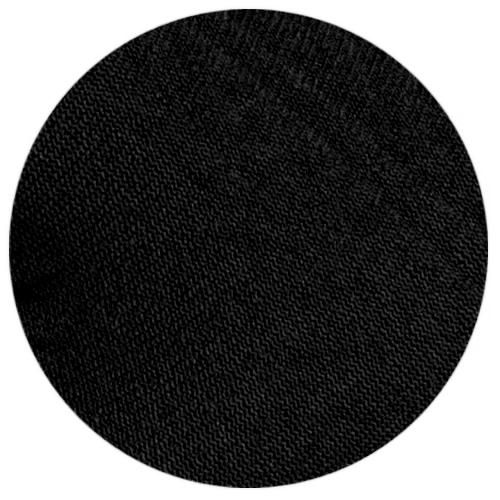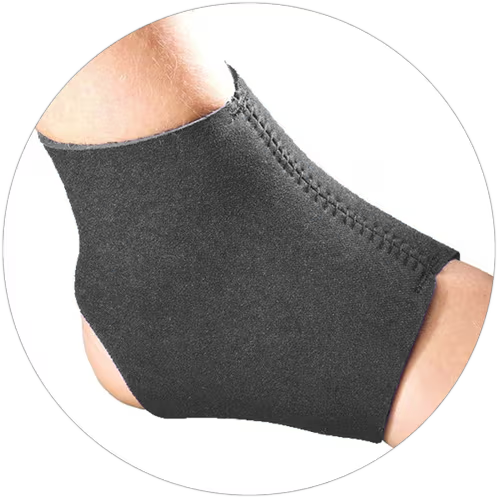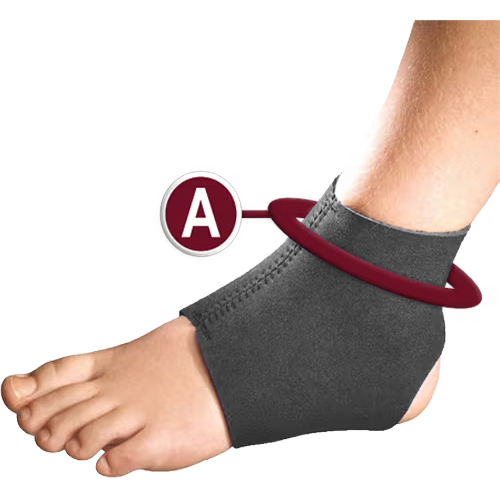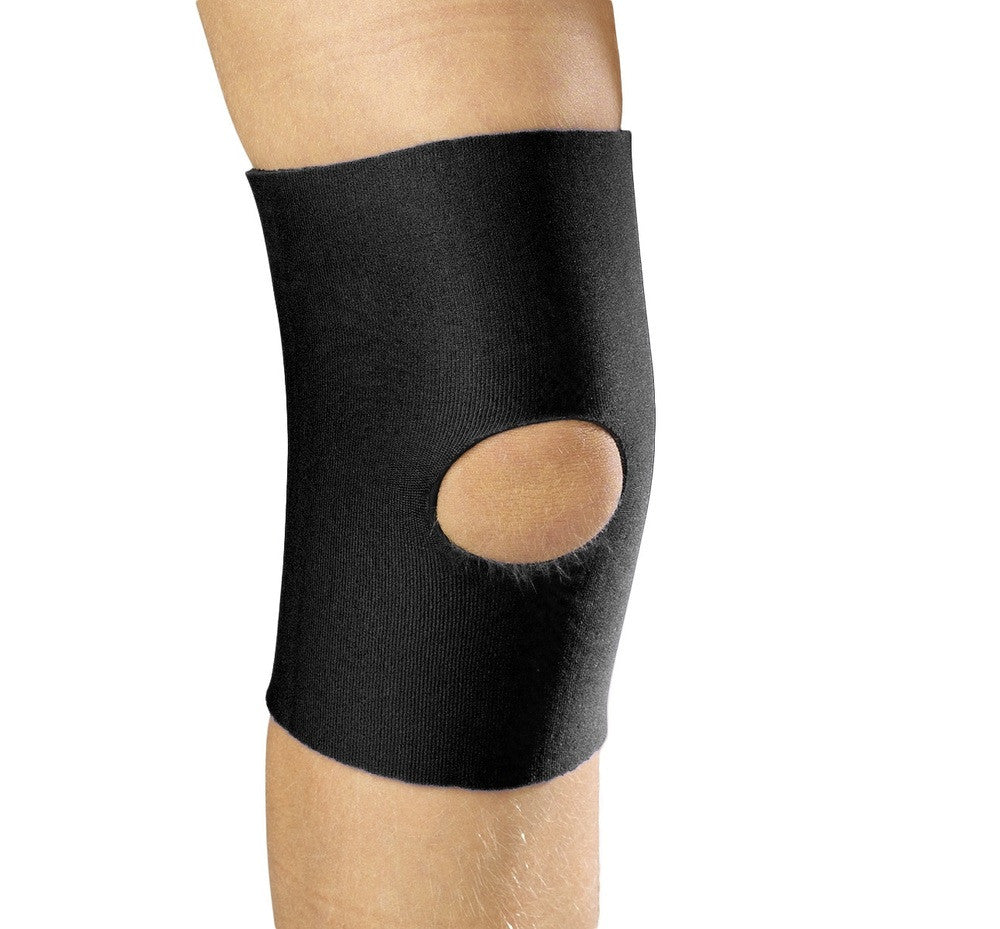0317 / KIDSLINE SLIP-ON ANKLE SUPPORT
The OTC 0317 KidsLine ankle support is excellent for use in athletic activities or as a general use post-injury support. KidsLine is OTC's family of Pediatric and Youth sized products. They are cut and assembled to follow the same anatomically correct profile as our popular adult versions, but are "right sized" to fit a smaller frame. Pediatric sizes will generally fit children from 2 to 7 years of age. Youth sizes will fit kids from 8 to 12 years old.
Indications Listed Below
• Perforated neoprene material is breathable and allows for comfortable long-term wear
• Four-way stretch material provides even compression over the anatomical prominences of the joint
• Fits easily inside shoe
• Easy slip-on, slip-off application
• Latex free
Product Features

Neoprene Fabric
Perforated neoprene material is breathable and allows for comfortable long-term wear. Latex free.

Anatomically designed
Four-way stretch material provides even compression over the anatomical prominences of the joint. Easy slip-on, slip-off application.
How to Measure for and Apply KidsLine Slip-on Ankle Support
| MEASURE AROUND THE SMALLEST PART OF THE ANKLE | |
|---|---|
| PEDIATRIC | 6.5” - 7.25” (16.5 - 18.4 cm) |
| YOUTH | 7.25” - 8.5” (18.4 - 21.6 cm) |
Measuring Instructions
A. Measure around the smallest part of the ankle.
Application Instructions
1. Slip the support up and over the foot until the opening is aligned over the heel.
2. When properly applied, the support should fit snug but not so tight that it deeply depresses the skin.

Medical Applications
Review the accompanying chart to determine the product that best suits your needs. On the left, you will find a variety of injuries that OTC products are specifically designed to treat and prevent. On the top, you will find the product numbers of all OTC Ankle Products. If a red box is present where the column and row intersect, your injury or condition is treated/prevented by the associated product.
| MODEL NUMBER | ||||||||
|---|---|---|---|---|---|---|---|---|
| 0316 | 0317 | 0318 | 0320 | 0321 | 0322 | 0323 | 0324 | |
| Sprains and Strains | ||||||||
| Osteoarthritis | ||||||||
| Chondromalacia | ||||||||
| Patellofemoral Tracking | ||||||||
| Mild Sprains and Strains | ||||||||
| Mild to Moderate Sprains and Strains | ||||||||
| Post-cast Support | ||||||||
| Tendonitis | ||||||||
| Carpal Tunnel Syndrome | ||||||||
| For wear post-fracture, sprain or surgery | ||||||||
| Minor neck pain or injuries | ||||||||
| Reminder against making sudden and painful movements | ||||||||
| Relief from muscle tension | ||||||||
| Whiplash | ||||||||
| To shield a lower extremity cast from moisture | ||||||||
| Shock and everyday wear | ||||||||
SPRAIN AND STRAIN CONDITIONS
These affect the connective tissues around the joints. Sprains are injuries to ligaments.The injury can be considered mild (slight stretching), moderate (partial tear), or severe(complete tearing). One or more ligaments can be injured in a sprain. The severity of the strain will depend on the extent of injury to a single ligament (whether the tear is partial or complete) and the number of ligaments involved.
Helping the joint to heal is the purpose of ankle bracing. By placing the ankle in a neutral position, the support restricts movement and relieves painful stresses on the various ligaments, tendons and muscles. Further, it aids healing by restricting or limiting the use of the injured part of the extremity.
The conditions shown below may not be treated by the product listed on this page. Please view the above Medical Applications Chart to determine what conditions this page's associated product treats.
Mild strains
A mild strain can occur for a number of reasons, but is most often caused by a person’s weight being applied to an ankle that is at an unnatural angle - eversion or inversion - with the ligament or ligament group being stretched or even torn.
moderate & Severe sprains
Sprains are classified as mild, moderate or severe based on the extent of the injury and the number of ligaments involved. A moderate sprain is a slight treating of a ligament or a ligament group, while a severe sprain will always be a complete tear, and usually among a group of ligaments.
ACHILLES TENDON INJURIES
The Achilles tendon is the strongest tendon in the body and is the most often injured, usually as a result of overuse. The Achilles tendon is stretched or relaxed with every ankle movement, which can lead to a prolonged recovery period if the patient becomes too active without the proper use of ankle supports or walking aids such as canes and crutches.
ACHILLES TENDINITIS
Shown to the right is an image of Achilles tendinitis, which is an inflammation or slight tearing of the tendon.
ACHILLES RUPTURE
To the right is an image of Achilles rupture, which is a complete tear of the tendon often associated with a “popping” sound when the separation occurs. Treatment for an Achilles rupture includes reattachment surgery followed by total resting of tendon until healed and strengthened through rehabilitation.
ANKLE ANATOMY
Bones of the ankle
A. Tibia
B. Fibula
C. Talus
D. Cuboid Bone
E. Cuboid Bone
F. Intermediate Cuneiform
G. Medial Cuneiform
Tendons & Ligaments of the ankle
A. Anterior Talofibular Ligament
B. Achilles Tendon
C. Peroneus Longus Tendon
D. Achilles Tendon
E. Deltoid Ligaments
F. Anterior Tibial Tendon







